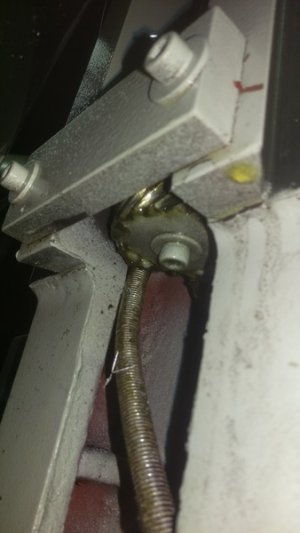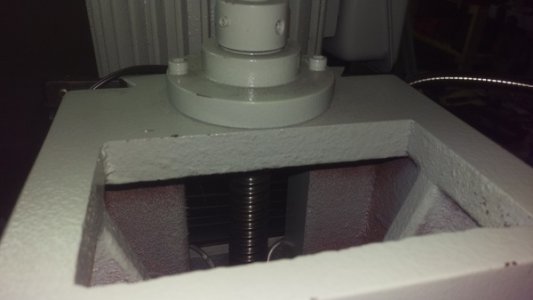- Joined
- Jan 22, 2014
- Messages
- 160
Four bumper jacks at each corner.Lift and block as you go along.Lower onto a skid. Skid is made up with two 4 x4 's beveled on the front ends. 2 x 4 spreaders at each end and one in the middle.3/4" plywood on top.Fasten securely mill base to plywood or thru lumber.Winch skid into container.Lay a couple of planks from container to skid for ease of winching.I have to just
mike lift my 2100lb. Bridgepoer about 10 in to get it into a storage container shop from in the garage to over DIRT about 6 foot distance. the problem is no extra height for a lift chain to get through door area.
It is possible to lift the mill in small increments and blocking with one or two jacks.Four is safer and faster.Porta-jacks are handy too but would not be able to raise the mill 10".
mike




